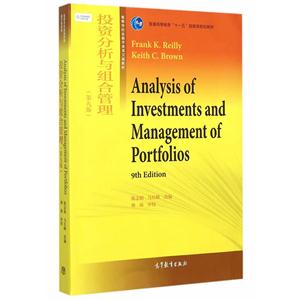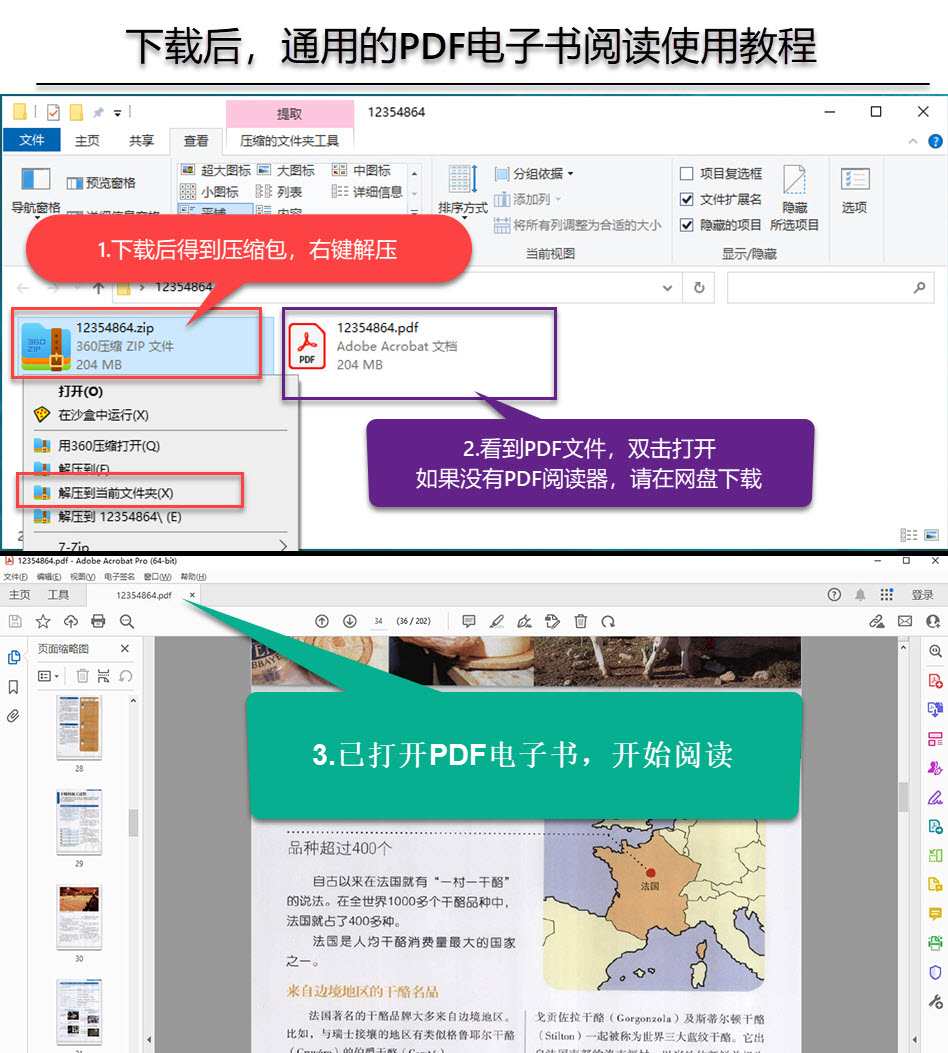投资分析与组合管理-(第九版)
本书特色
[
赖利、布朗编写的《投资分析与组合管理(第9版高等学校金融学类英文版教材)》作为注册金融分析师(cfa)资格考试指定用书,是集当代投资理论和分析技术之大成的投资学的**教材。本书包括6个部分,共20章,循序渐进地介绍投资分析和组合管理的基本内容。其中第1部分和第2部分分别介绍了投资分析的背景和相关理论。从第3部分开始,从理论过渡到实践,具体介绍投资分析中的估值方法和实践。第 3部分介绍资产估值的基本方法,第4、5部分则是分别对股票和债券进行分析。第6部分介绍了投资策略的比较和评价。本书理论阐述新颖,案例分析翔实。
特别适合作为高等学校投资学、金融学、金融工程专业双语教学的高年级本科生教材和研究生教材,也可以作为实际工作者的参考书。
]
目录
part 1 the investment background chapter 1 the investment setting 1.1 what is an investment? 1.2 measures of return and risk 1.3 determinants of required rates of return 1.4 relationship between risk and return chapter 2 the asset allocation decision 2.1 individual investor life cycle 2.2 the portfolio management process 2.3 the need for a policy statement 2.4 input to the policy statement 2.5 the importance of asset allocation chapter 3 selecting investments in a global market 3.1 the case for global investments 3.2 global investment choices 3.3 historical risk-returns on alternative investments chapter 4 organization and functioning of securities markets 4.1 what is a market? 4.2 primary capital markets 4.3 secondary financial markets 4.4 detailed analysis of exchange marketspart 2 developments in investment theory chapter 5 efficient capital markets 5.1 why should capital markets be efficient? 5.2 alternative efficient market hypotheses 5.3 tests and results of efficient market hypotheses 5.4 behavioral finance 5.5 implications of efficient capital markets chapter 6 an introduction to portfolio management 6.1 some background assumptions 6.2 markowitz portfolio theory chapter 7 an introduction to asset pricing models 7.1 capital market theory: an overview 7.2 the capital asset pricing model 7.3 relaxing the assumptions 7.4 additional empirical tests of the capm 7.5 the market portfolio: theory versus practice chapter 8 multifactor models of risk and return 8.1 arbitrage pricing theory 8.2 multifactor models and risk estimationeepart 3 valuation principles and practices chapter 9 analysis of financial statements 9.1 major financial statements 9.2 analysis of financial ratios 9.3 computation of financial ratios 9.4 evaluating internal liquidity 9.5 evaluating operating performance 9.6 risk analysis 9.7 analysis of growth potential 9.8 comparative analysis of ratios 9.9 the value of financial statement analysis 9.1o specific uses of financial ratios chapter lo an introduction to security valuation 10.1 an overview of the valuation process lo.2 why a three-step valuation process? lo.3 theory of valuation lo.4 valuation of alternative investments lo.5 relative valuation techniques lo.6 estimating the inputs: the required rate of return and the expected growth rate of valuation variableseepart 4 analysis and management of common stocks chapter 11 macroanalysis and microvaluation of the stock market 11.1 the components of market analysis 11.2 macromarket analysis 11.3 microvaluation analysis 11.4 valuation using the earnings multiplier approach 11.5 estimating expected earnings per share 11.6 estimating the stock market earnings multiplier 11.7 microvaluation of world markets chapter 12 industry analysis 12.1 why do industry analysis? 12.2 the business cycle and industry sectors 12.3 structural economic changes and alternative industries 12.4 evaluating the industry life cycle 12.5 analysis of industry competition 12.6 estimating industry rates of return 12.7 industry analysis using the relative valuation approach 12.8 other relative valuation ratios 12.9 global industry analysis chapter 13 company analysis and stock valuation 13.1 company analysis versus stock valuation 13.2 economic, industry, and structural links to company analysis 13.3 company analysis 13.4 estimating intrinsic value 13.5 analysis of growth companies 13.6 measures of value added 13.7 influences on analysis 13.8 global company and stock analysis chapter 14 technical analysis 14.1 underlying assumptions of technical analysis 14.2 advantages of technical analysis 14.3 challenges to technical analysis 14.4 technical trading rules and indicators chapter 15 equity portfolio management strategies 15.1 passive versus active management 15.2 an overview of passive equity portfolio management strategies 15.3 an overview of active equity portfolio management strategies 15.4 value versus growth investing: a closer look 15.5 an overview of style analysis 15.6 asset allocation strategiespart 5 analysis and management of bonds chapter 16 bond fundamentals 16.1 basic features of a bond 16.2 the global bond market structure 16.3 alternative bond issues 16.4 obtaining information on bond prices chapter 17 the analysis and valuation of bonds 17.1 the fundamentals of bond valuation 17.2 computing bond yields 17.3 calculating future bond prices 17.4 bond valuation using spot rates 17.5 what determines interest rates? 17.6 calculating forward rates from the spot rate curve 17.7 term-structure theories 17.8 what determines the price volatility for bonds? 17.9 yield spreads with embedded options chapter 18 bond portfolio management strategies 18.1 bond portfolio performance, style, and strategy 18.2 passive management strategies 18.3 active management strategies 18.4 core-plus management strategies 18.5 matched-funding management strategies 18.6 contingent and structured management strategiespart 6 specification and evaluation of asset management chapter 19 professional money management, alternative assets, and industry ethics 19.1 the asset management industry: structure and evolution 19.2 private management and advisory firms 19.3 organization and management of investment companies 19.4 investing in alternative asset classes 19.5 ethics and regulation in the professional asset management industry 19.6 what do you want from a professional asset manager? chapter 20 evaluation of portfolio performance 20.1 what is required of a portfolio manager? 20.2 composite portfolio performance measures 20.3 application of portfolio performance measures 20.4 portfolio performance evaluation: some extensions 20.5 factors that affect use of performance measures 20.6 evaluation of bond portfolio performance 20.7 reporting investment performance glossary frequently used symbols
封面

书名:投资分析与组合管理-(第九版)
作者:陈志娟
页数:662
定价:¥65.0
出版社:高等教育出版社
出版日期:2015-07-01
ISBN:9787040426014
PDF电子书大小:110MB 高清扫描完整版
资源仅供学习参考,禁止用于商业用途,请在下载后24小时内删除!

